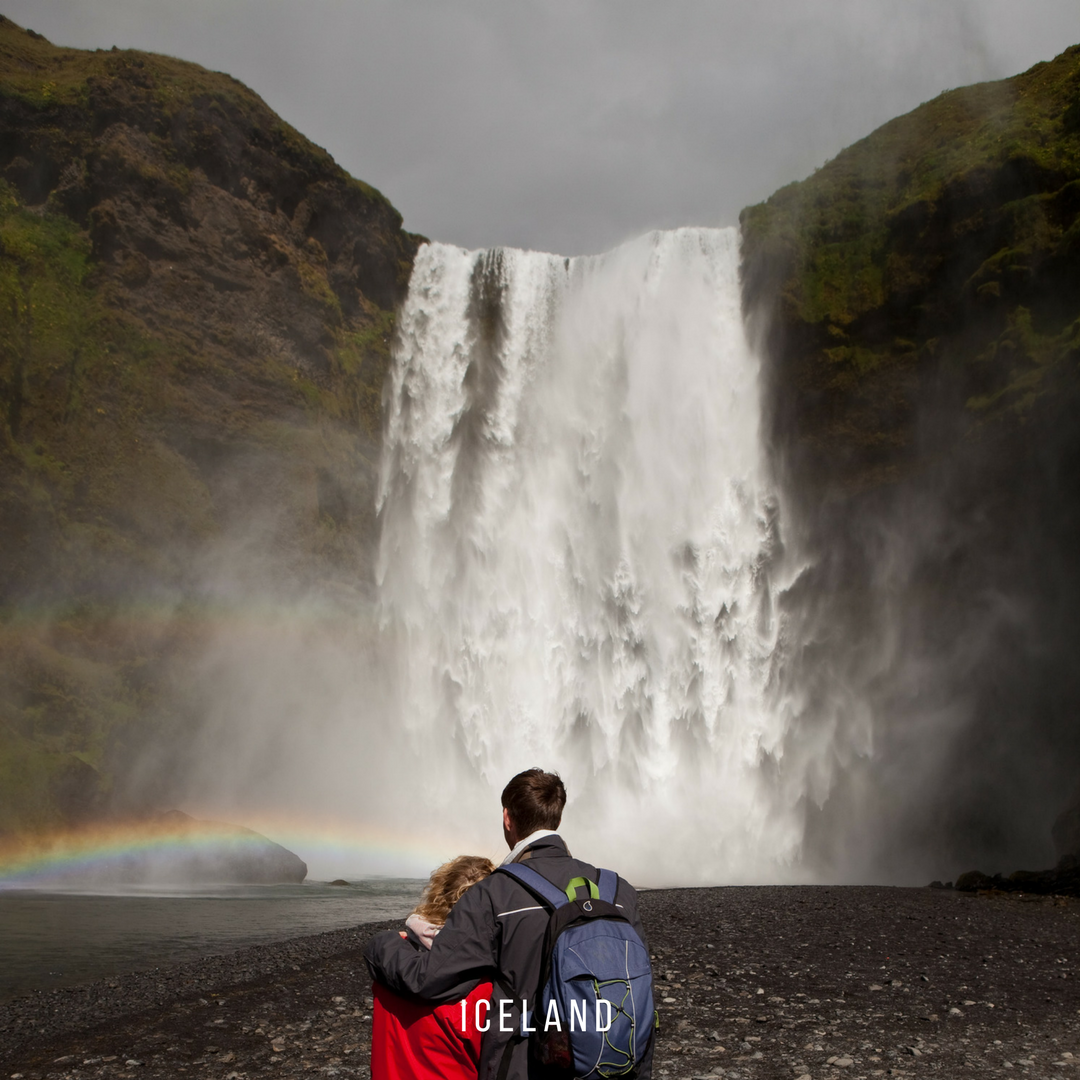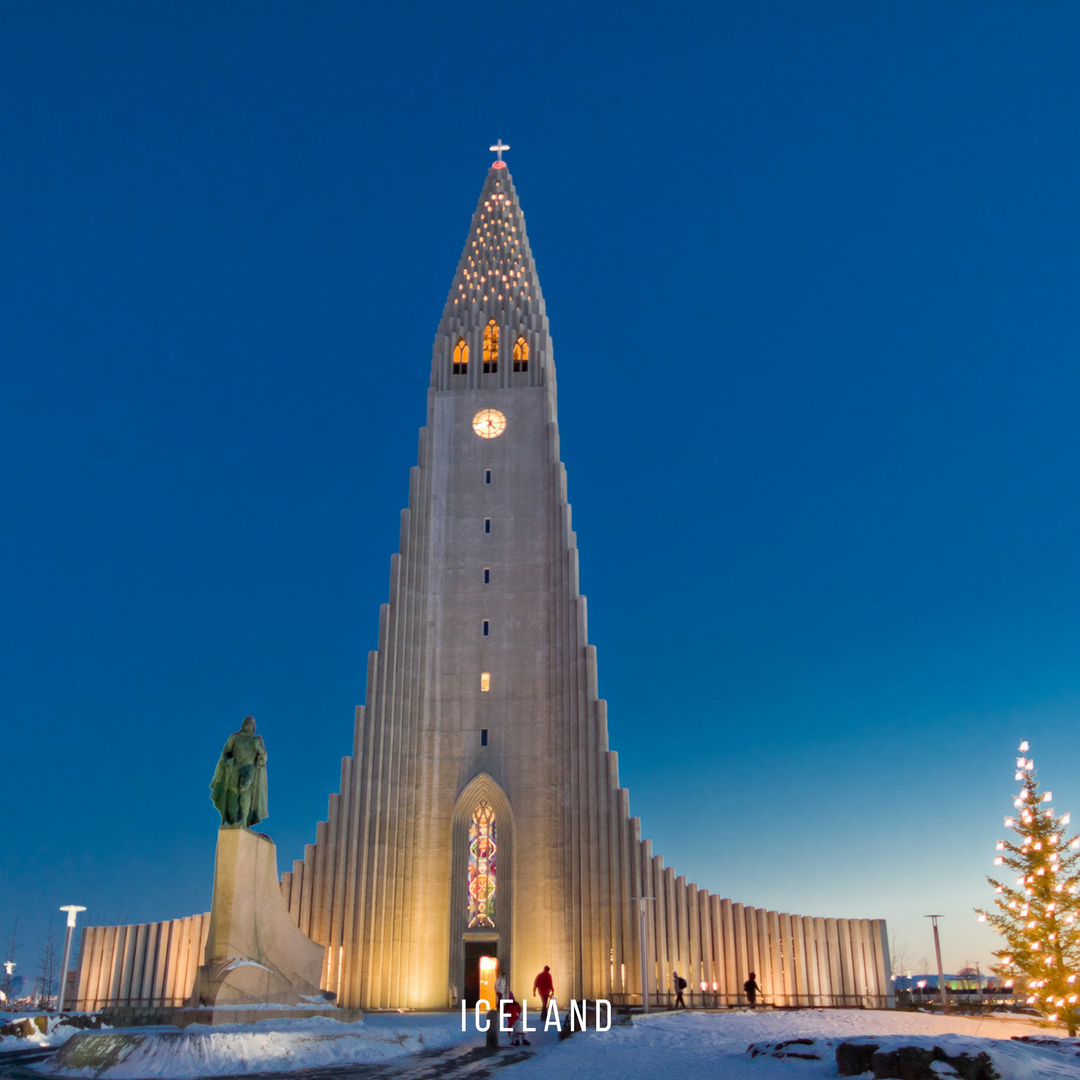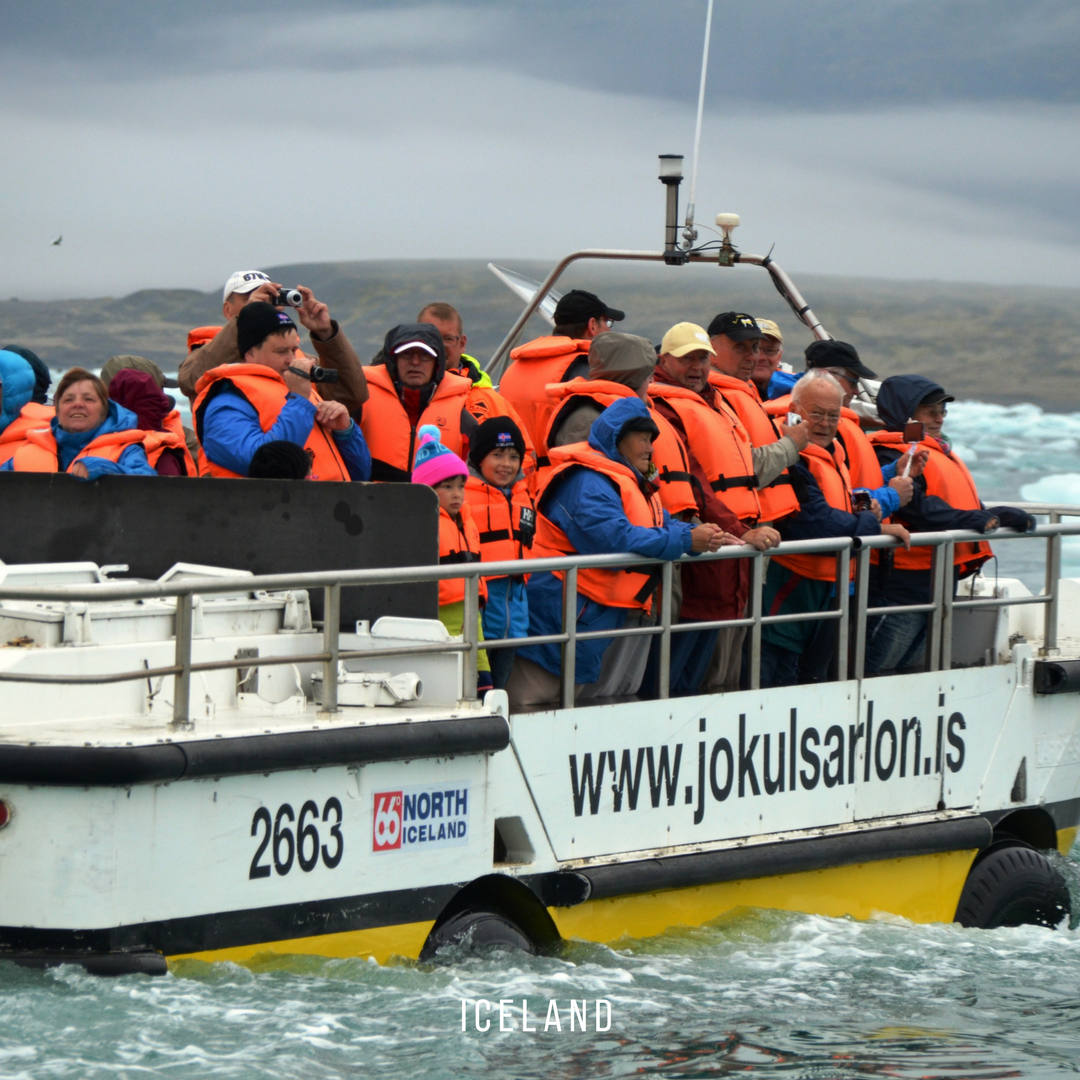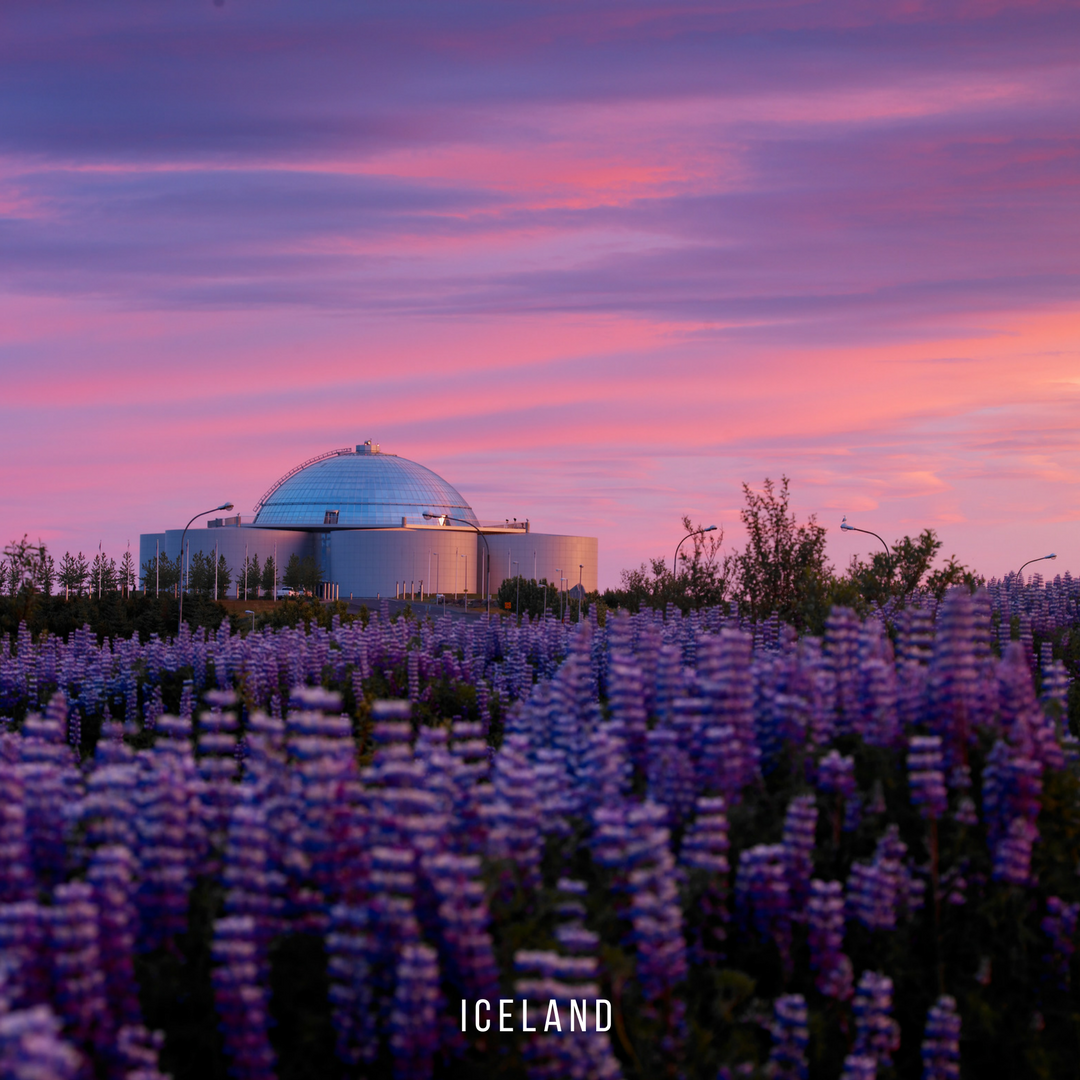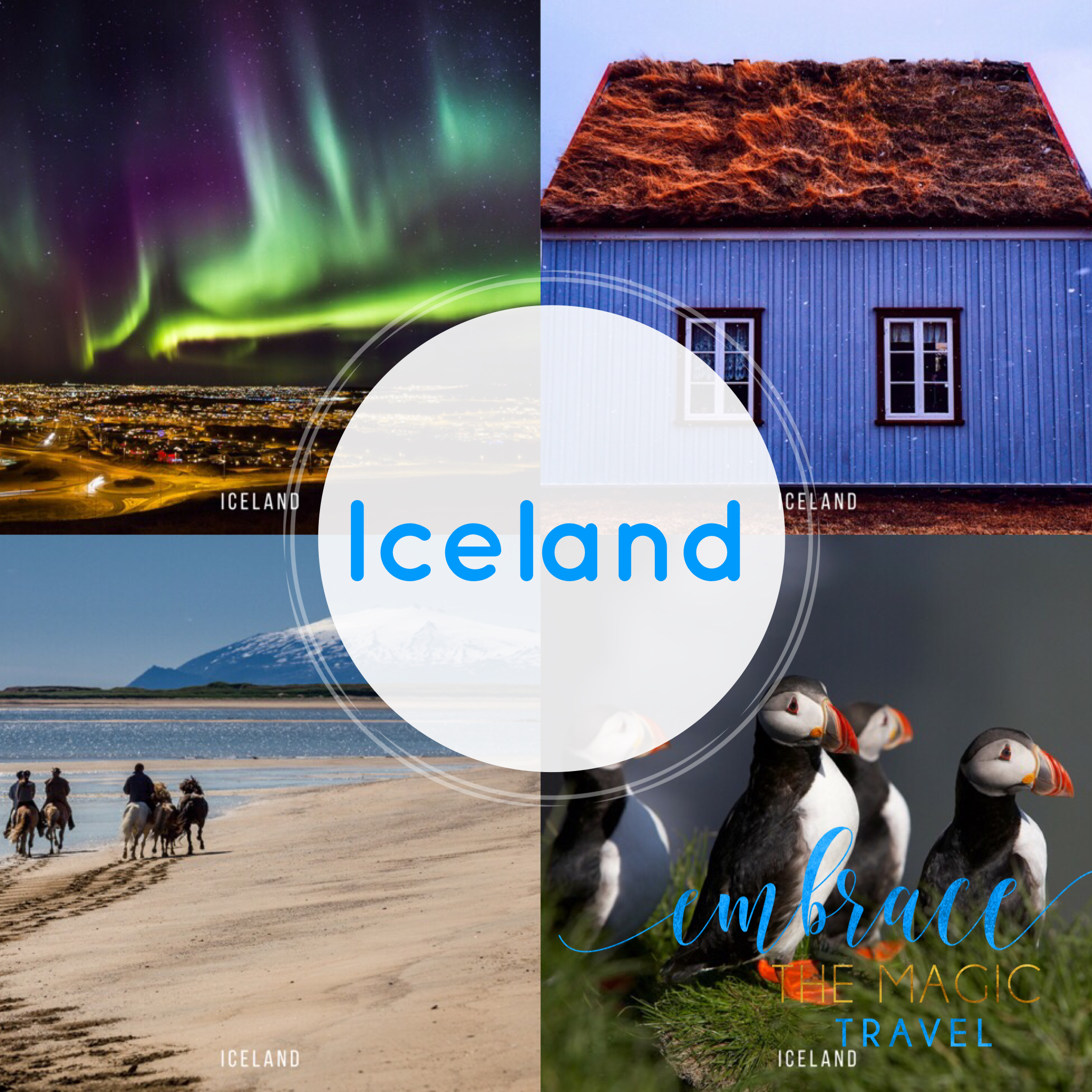Iceland Travel Tips
Iceland History
Iceland was the last European country to be settled, mostly by Norsemen in the 9th and 10th centuries. They came mainly from Norway and elsewhere in Scandinavia, and from the Norse settlements in the British Isles, from where a Celtic element was also introduced. The language and culture of Iceland were predominantly Scandinavian from the outset, but there are traces of Celtic influence in some of the ancient poetry, in some personal names and in the appearance of present-day Icelanders.
In the Beginning
The first permanent settler of Iceland was Ingolfur Arnarson, a Norwegian Viking who around 874 AD made his home where Reykjavik now stands. In 930 AD the Viking settlers of Iceland founded the world’s first parliament, known as the Althing. They established a constitution based on individual freedom and land ownership, with local chieftains gathering annually to elect leaders at Thingvellir, a natural amphitheater formed out of lava. In the beginning
Erik the Red and Leif the Lucky
It was a Viking era filled with optimism, even for Erik the Red, who arrived in Iceland after being banished from Norway for committing murder. Unfortunately Erik the Red committed murder again in Iceland and was to be banished from there as well, so he gathered a fleet of 25 Viking longships and led a colonial expedition west to Greenland. Before he left Iceland, Erik fathered the most famous Icelandic Viking, Leif Eiriksson who was also known as ‘Leif the Lucky.’ In the year 1000, Leif Eiriksson sailed even further west than his father, becoming the first European to reach North America, which he called Vinland.
Christianity and foreign rule
Also in the year 1000 Iceland adopted Christianity, followed by a prosperous period as described in the classic Icelandic Sagas. In 1262 Norwegian King Haakon asserted control over the island by instituting devastating taxes and trade embargos that were upheld when Iceland was taken over by Danish rule under a Scandinavian union.
From centuries of hardship to independence
For over six centuries Iceland was plagued by abysmal poverty, disease, starvation and natural disasters that nearly extinguished the small country. After so many centuries of hard times, an independence movement began in the early 19th century and reached full force under the outspoken leadership of a nationalist named Jon Sigurdsson. His efforts helped end the trade monopoly in 1854, and domestic autonomy was established in 1874, followed by home rule in 1904 and limited sovereignty in 1918.
Ties to the Danish crown were fully broken in 1944 and today Icelandic Independence Day is celebrated on June 17, the birth date of Jon Sigurdsson.
Iceland Travel Tips
Bucket List and Family Travel Highlight
[catlist name=iceland-travel-tips]
More about Iceland
The climate of Iceland is subarctic (Köppen climate classification: near the southern coastal area and tundra inland in the highlands). The island lies in the path of the North Atlantic Current, which makes its climate more temperate than would be expected for its latitude just south of the Arctic Circle. This effect is aided by the Irminger Current, which also helps to moderate the island’s temperature. The weather in Iceland can be notoriously variable. The aurora borealis is often visible at night time during the winter. The midnight sun can be experienced in summer on the island of Grimsey off the north coast; the remainder of the country, since it lies just south of the polar circle, experiences a twilight period during which the sun sets briefly, but still has around 2 weeks of continuous daylight during the summer.
Thinking of visiting Iceland?
Enjoy these nuggets of Iceland history and travel tips, but of course, the best tip of all is to contact me before you plan your trip to Iceland. I’m a travel expert and I can help you to maximize time and save money by doing things in the right order, at the right time, and on the right day.
Enjoy my Iceland tips and be sure to call or email me to help you plan your visit to Iceland.


























